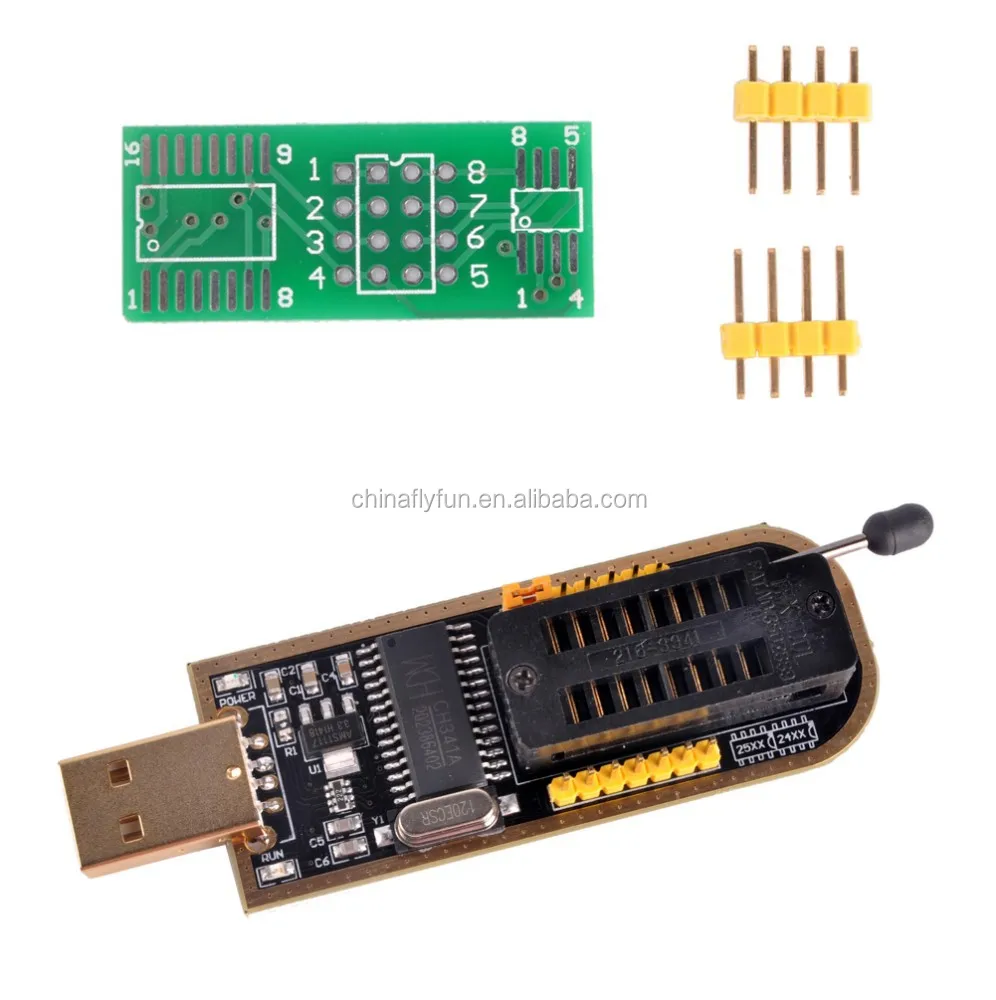
Generally speaking there are three modes of transmission numbered 0 - 3. This means you have to pay special attention to the datasheet when writing your interface code. The difficult part about SPI is that the standard is loose and each device implements it a little differently. Slave Select pin - allocated on each device which the master can use to enable and disable specific devices and avoid false transmissions due to line noise.Serial Clock (SCK) - The clock pulses which synchronize data transmission generated by the master, and.Master Out Slave In (MOSI) - The Master line for sending data to the peripherals,.Master In Slave Out (MISO) - The Slave line for sending data to the master,.Typically there are three lines common to all the devices, With an SPI connection there is always one master device (usually a microcontroller) which controls the peripheral devices. It can also be used for communication between two microcontrollers. Serial Peripheral Interface (SPI) is a synchronous serial data protocol used by Microcontrollers for communicating with one or more peripheral devices quickly over short distances. Introduction to the Serial Peripheral Interface AT25HP512 Serial EEPROM chip (or similar).

Note that the chip on the Arduino board contains an internal EEPROM, so follow this tutorial only if you need more space than it provides. EEPROM chips such as this are very useful for data storage, and the steps we will cover for implementing SPI communication can be modified for use with most other SPI devices. In this tutorial you will learn how to interface with an AT25HP512 Atmel serial EEPROM using the Serial Peripheral Interface (SPI) protocol.


 0 kommentar(er)
0 kommentar(er)
